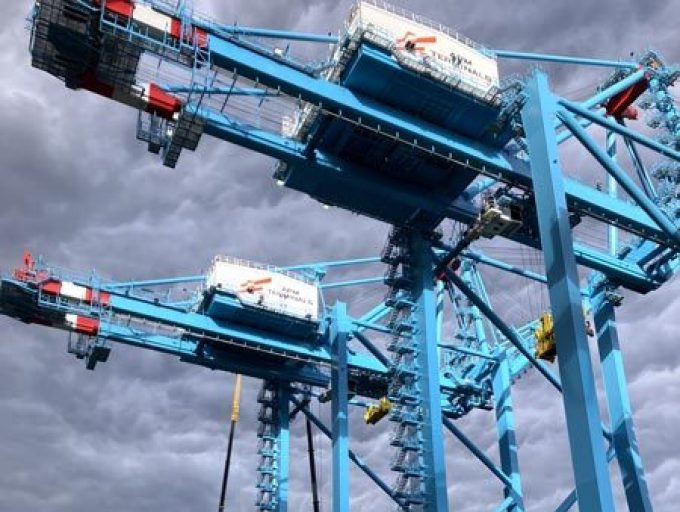Canadian railways lock out Teamster employees as strike deadline arrives
Rail operators Canadian National (CN) and Canadian Pacific Kansas City (CPCK) formally locked out employees ...

The international container terminal sector has long been scrutinised by spooks, spies and security analysts – and for good reason: ports are sensitive, vulnerable zones.
Accusations of espionage devices being fitted to Chinese-made container cranes came as absolutely no surprise to any senior terminal executive – ...


Comment on this article